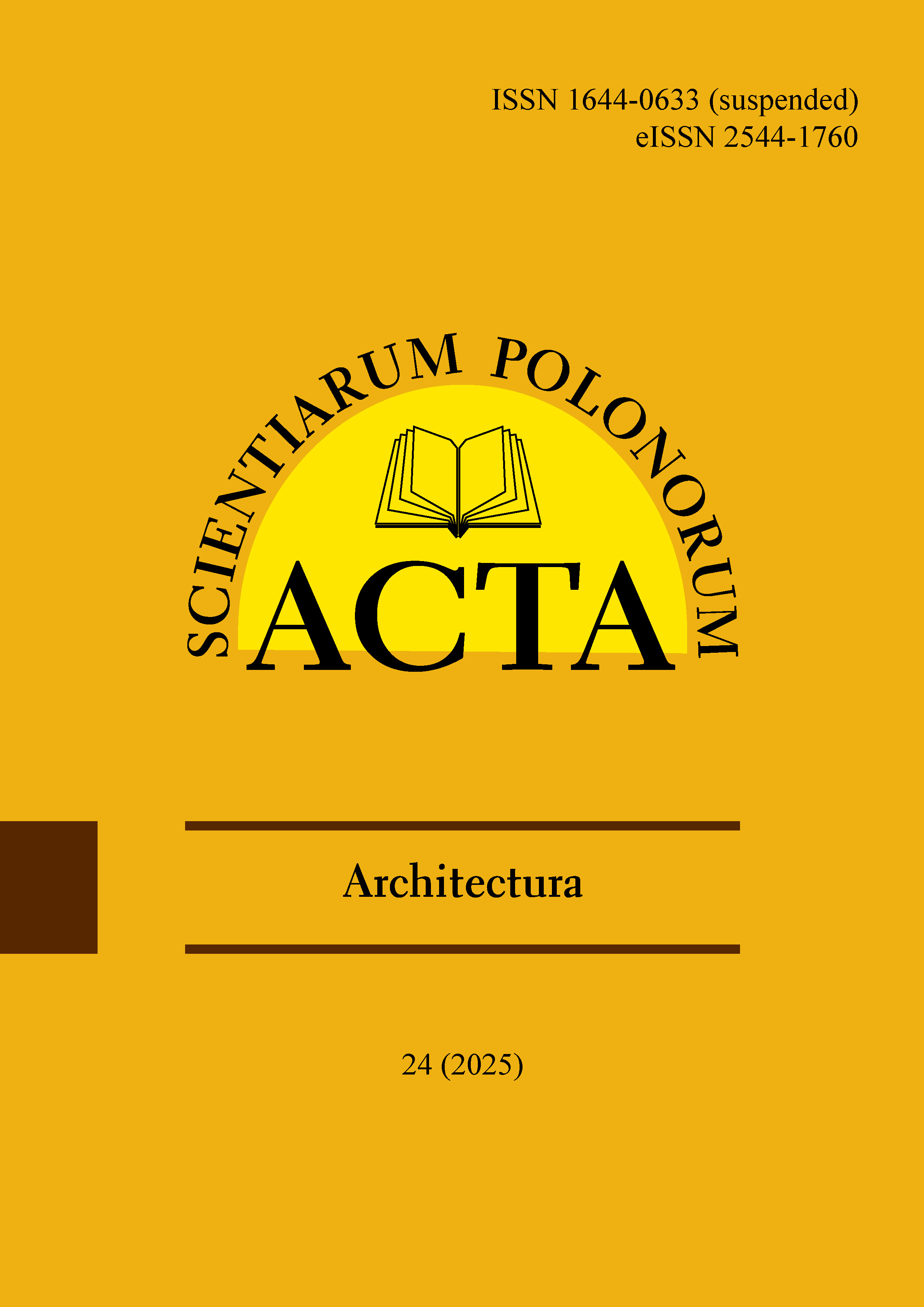Main Article Content
The unrestrained growth in the amount and rate of production of hazardous medical waste in the context of the Russian-Ukrainian war critically exacerbates the environmental situation in Ukraine. At the same time, existing traditional methods and technological means are not able to ensure their complete environmentally safe processing and disposal. The paper considers an alternative high-temperature technology for plasma-chemical pyrolysis of medical waste at 1,100−1,250°C, which is implemented in the form of a Plazmon-3 mobile plasma pyrolysis unit, designed and built based on the PUN-1 domestic universal plasma generator. The paper also describes the design, principle of operation, engineering and physical principles underlying the creation of the Plazmon-3, designed to dispose of any type and category of medical waste by destroying it under the action of a high-temperature plasma torch generated by the PUN-1 DC plasma generator, as well as its main operational characteristics. Air, nitrogen, argon, helium, and other gases can be used as plasma-forming gases for the installation. The paper describes the advantages of using high-temperature plasma-chemical pyrolysis for the disposal of hazardous medical and other wastes, which make this technology, in terms of its environmental safety, beyond competition and, unlike its smoke-emitting counterparts, capable of destroying medical waste directly at the point of its generation without forming environmentally hazardous residues and emissions.
Article Details
Council Decision 93/98/EEC of 1 February 1993 on the conclusion, on behalf of the Community, of the Convention on the control of transboundary movements of hazardous wastes and their disposal (Basel Convention) (OJ L 39, 16.2.1993, pp. 1–2).
Cretenot, D., Vanrenterghem, J., Labrot, M. & Pineau, D. (1990). Waste destruction by plasma. EPRI Symposium on Industrial and Environmental Applications of Plasma, Palo Alto, California, March 7–9.
Krajcsovics, F., Pocsy, F., Emho, L. & Puskas, Z. (1988). In R. Abbou (Ed.), Hazardous Waste: Detection, Control, Treatment (pp. 1609–1614). Amsterdam: Elsevier.
Mosse, A. L., Savchenko, G. E., Savchyn, V. V. & Levashov, A. V. (2012). Mobile plasma systems. Variants of execution, use and comparative analysis. Energy Technologies and Resource Saving, 4, 8–15.
Nakaz Ministerstva Okhorony Zdorovya Ukrayiny vid 08.06.2015 No 325 ‘Pro zatverdzhennya Derzhavnykh sanitarno-protyepidemichnykh pravyl i norm shchodo povodzhennya z medychnymy vidkhodamy’ [Order of the Ministry of Health of Ukraine of 8 June 2015 No 325 ‘About approval of the State sanitary and anti-epidemic rules a regulations according to the address with medical waste’]. Vidomosti Verkhovnoyi Rady Ukrayiny (VVR) No 325 of 07.08.2015, VVR, No 959/27404.
Nakaz Ministerstva Okhorony Zdorovya Ukrayiny vid 06.09.2022 No 1602‘Pro zatverdzhennya Zmin do Derzhavnykh sanitarno-protyepidemichnykh pravyl i norm shchodo povodzhennya z medychnymy vidkhodamy’ [Order of the Ministry of Health of Ukraine of 6 June 2022 No 1602 ‘On approval of amendments to the state sanitary and anti-epidemic rules and regulations on medical waste management’]. Vidomosti Verkhovnoyi Rady Ukrayiny (VVR) No 1602 of 08.11.2022, VVR, No 1387/38723.
Nema, S. K. & Ganeshprasand, K. S. (2002). Plasma pyrolysis of medical waste. Current Science, 83 (3), 271–278.
Paton, B. E., Cherenets, A. V., Marinsky, G. S., Korzhik, V. N. & Petrov, S. V. (2005a). Prospects of application of plasma technologies for destruction and processing of medical and other hazardous waste. Part I. Modern Electrometallurgy, 3, 54–63.
Paton, B. E., Cherenets, A. V., Marinsky, G. S., Korzhik, V. N. & Petrov, S. V. (2005b). Prospects of application of plasma technologies for destruction and processing of medical and other hazardous waste. Part II. Modern Electrometallurgy, 4, 52–60.
Stockholm Convention on Persistent Organic Pollutants [SSCPOP] (2008). Guidelines for best available techniques and preliminary guidance for best environmental practices relevant to Article 5 and Annex C of the Stockholm Convention on Persistent Organic Pollutants. Geneva: UNEP.
Vashchenko, V. M., Antonov, A. V., Loza, E. A., Korduba, I. B. & Kapusta, T. Y. (2019). Prospects for the introduction of plasma technology for hazardous waste treatment. In Proceedings of the XIII International Scientific and Technical Conference “Problems of Ecology and Energy Saving”. Mykolaiv, Ukraine, September 20–22 (pp. 119–120).
Vashchenko, V. M., Korduba, I., Saeed Hafez, N. M. al, Nehoda, N. & Tsybytovskyi, S. (2023). Utility model patent No. 154899. Installation for plasma destruction of waste. Issued in accordance with the Law of Ukraine “On Protection of Rights to Inventions and Utility Models”. Registered in the State Register of Utility Models of Ukraine on 27.12.2023
Zhdanok, S. A. & Mosse, A. L. (2008). Plasma Methods for Toxic Wastes Processing. In S. Güçeri, A. Fridman, K. Gibson, C. Haas, C. (Eds), Plasma Assisted Decontamination of Biological and Chemical Agents (pp. 143–149). Dordrecht: Springer. (Crossref)
Zhovtiansky, V. A., Petrov, S. V., Orlyk, V. M., Yakymovych, M. V., Vakilov, I. M., Nazarenko, V. G, Vabishchevych, M. S., Voloshyniuk, I. M. & Yakubyshyn, Y. A. (2018). Recycling of hazardous and radioactive waste using plasma technologies. Ecological Sciences, 2 (21), 49–58.
Downloads
- Мarina Kravchenko, Tetiana Tkachenko, Viktor Mileikovskyi, Yuliia Trach, Quantitative assessment of hydrological efficiency of rain garden design in the context of managing the volume and quality of storm effluent , Acta Scientiarum Polonorum. Architectura: Vol. 23 (2024)

This work is licensed under a Creative Commons Attribution-NonCommercial 4.0 International License.

